Savage 110 Klym Review: A Lightweight Carbon Hunter
- By Chris Parkin
- Last updated: 03/10/2025
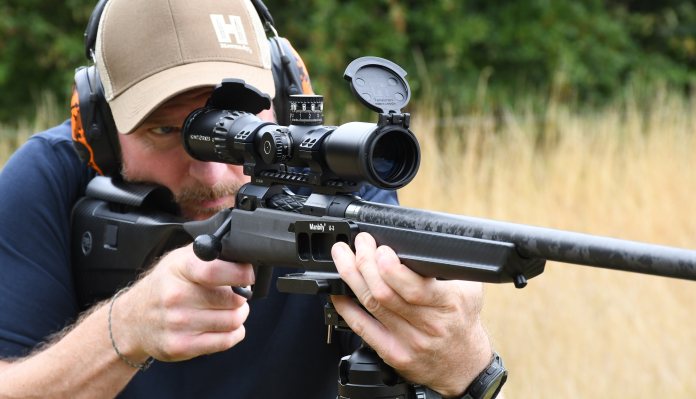
The Savage 110 action is well known throughout the rifle world as a tough and durable performer with a wide range of build options. The Klym tested here is among the most notable, having been designed to be as light as possible for demanding hunting conditions.
Savage has teamed up with Proof Research for the carbon barrel. I have used, and still own, one of these carbon-fibre-wrapped stainless steel units and, quite frankly, would say it is one of the very few carbon-fibre barrels I would trust. This one shows what is called a Light Sendero profile, and it runs a 1:8” twist for 6.5mm bullets. The muzzle is threaded 5/8"x24 and comes fitted with a compact pepperpot Omniport muzzle brake. Small areas of stainless steel are visible at the muzzle and action reinforce, but the finish is otherwise the matte carbon-fibre weave on display.

Here you can see the barrel nut and recoil lug.
The barrel is free-floating within the stock at rest, but the fore-end shows some flexibility, so be aware that it can contact the barrel. This 110 action is a stainless-steel unit for long-term durability, Cerakoted in a midnight black colour for double protection against the elements. The left side of the action shows milled relief cuts to remove excess material for weight saving, yet otherwise follows the standard 110 layout, with the barrel screwed into the action and a recoil lug sandwiched under the barrel nut, which controls headspace with tight tolerances.
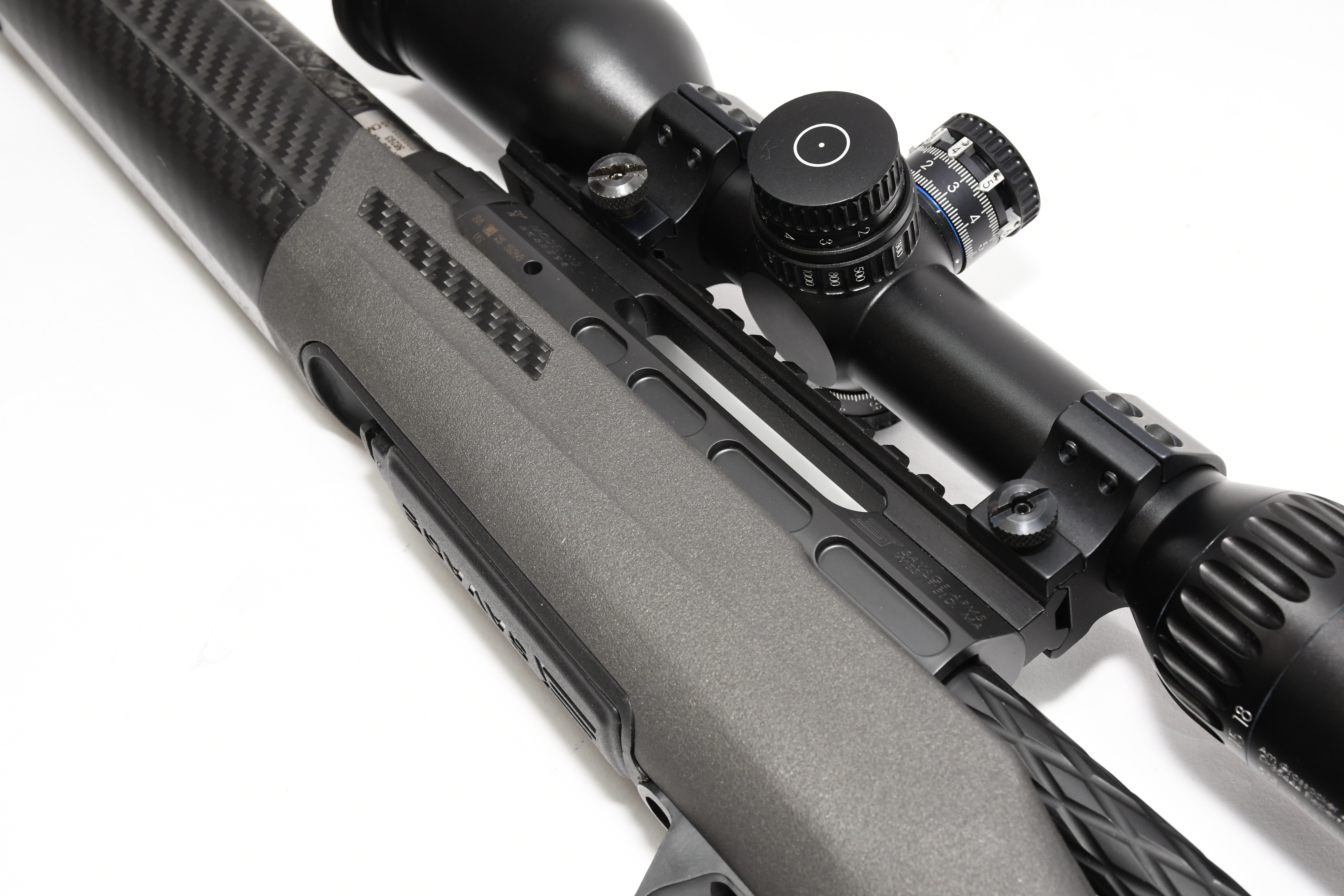
The action is relieved on the left side to save a few grams.
The bolt shows two floating locking lugs that bind into the action’s abutments, a recessed extractor claw to withdraw the case, and twin plunger ejectors to eject it cleanly from the large ejection port on this otherwise open-topped action.
The front and rear action bridges are then spanned with an included 20 MOA Picatinny rail for scope mounting.

A 20 MOA Picatinny scope rail is included. Note the bolt shaft.
The bolt handle extends 58mm from the shaft, which shows similar coatings and diamond fluting to reduce weight, ease passage, and prevent action lock-up in inclement conditions. A 23mm carbon-fibre ball tip finishes the handle, so it won’t freeze onto your fingertips in cold weather.
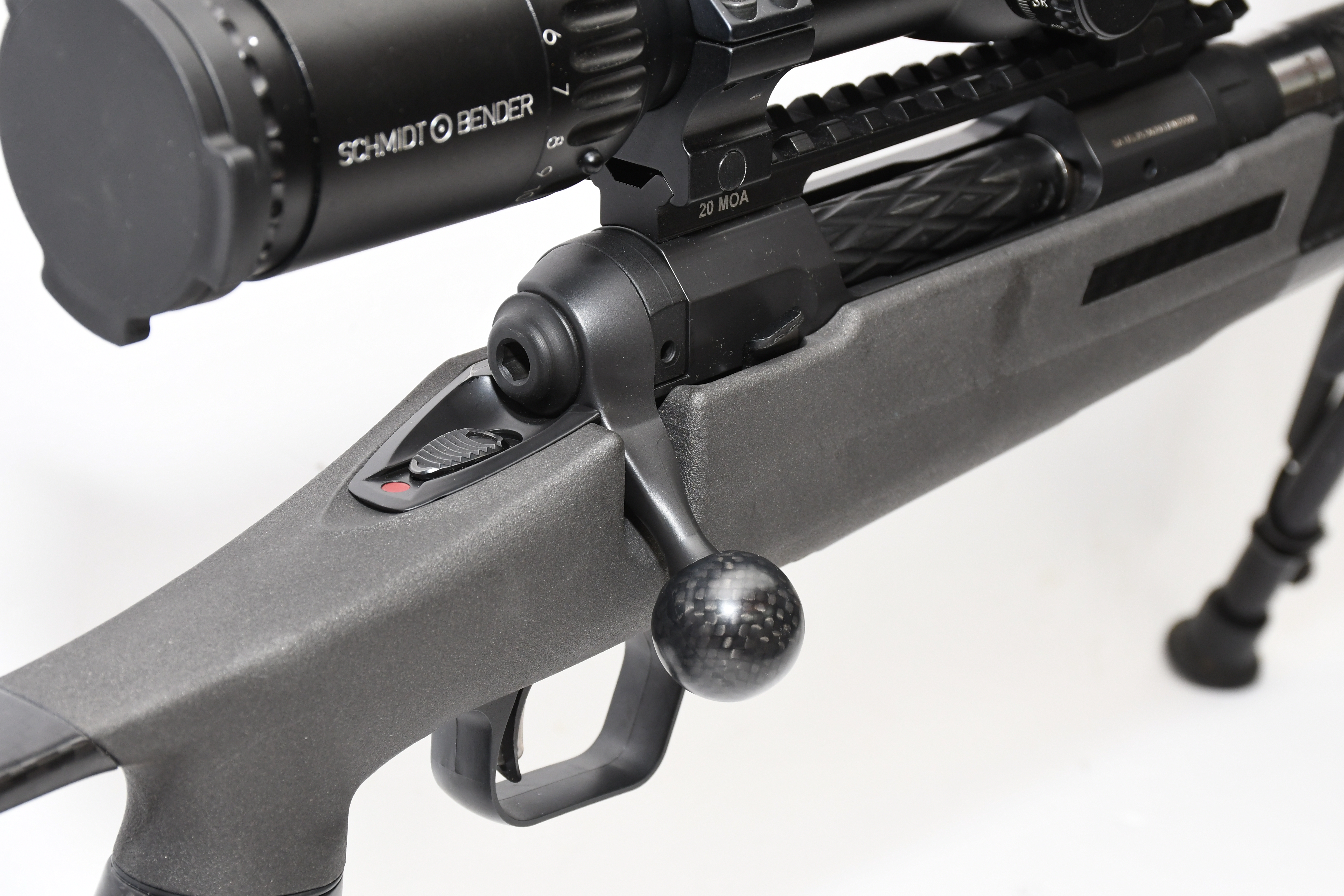
The familiar straight 110 bolt handle, which has a removable carbon fibre ball end.
A bolt shroud at the rear includes a visible and tactile cocked-action indicator above the three-position tang safety. The safety is quiet in operation, moving forward for fire, middle for safe with bolt operation, and rearward for safe with the bolt fully locked. A bolt removal button on the right side of the action works in conjunction with the trigger.
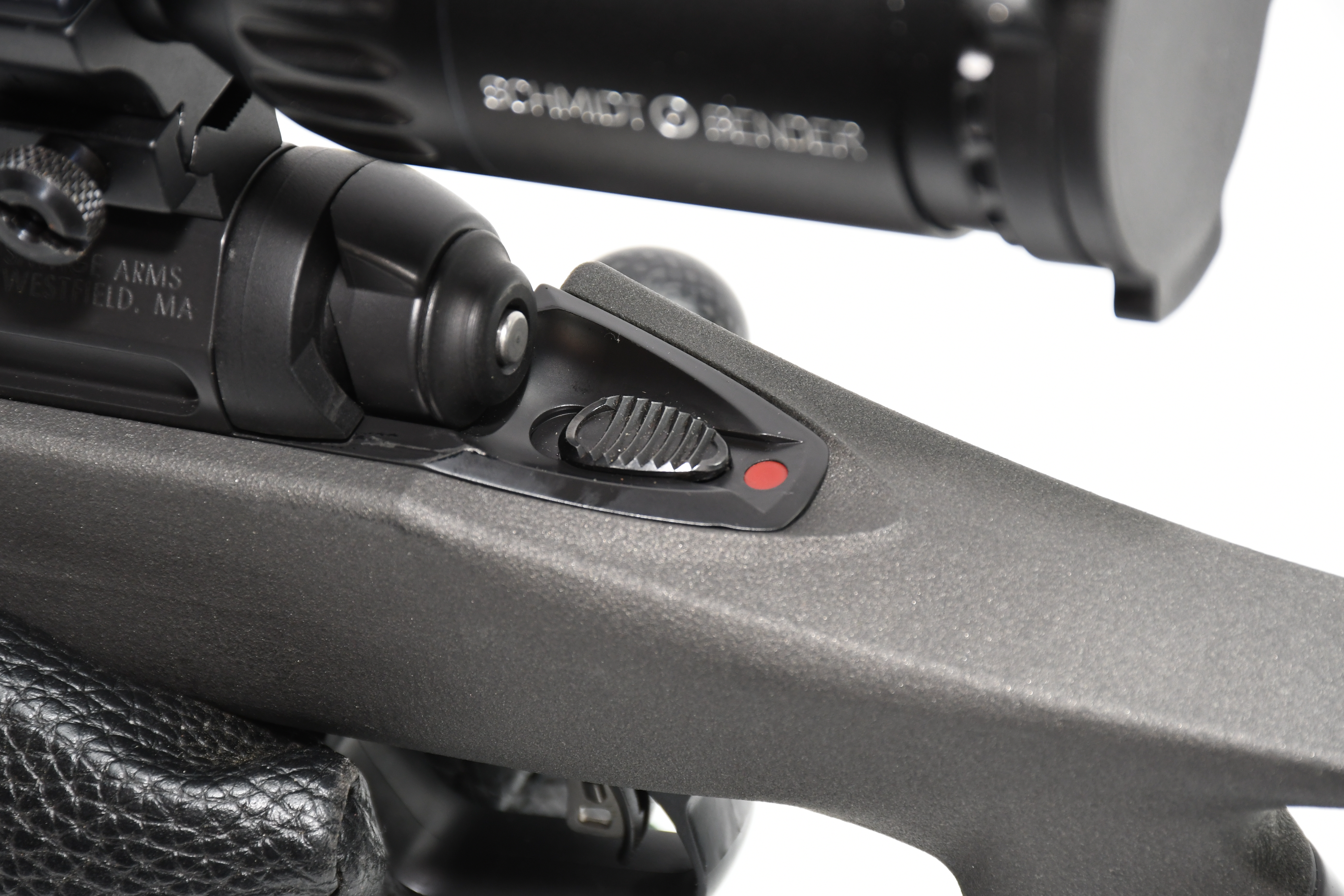
The Klym features a three-position safety catch.
Savage is celebrating 20 years of the AccuTrigger design, which features an inner safety blade to minimise the chance of a negligent discharge while still maintaining light, crisp trigger pulls, a feature that was not commonly seen among popular factory-made sporting rifles two decades ago. The unit is adjustable from 680 to 1,820g and, on my review rifle, broke at 720g (25oz).
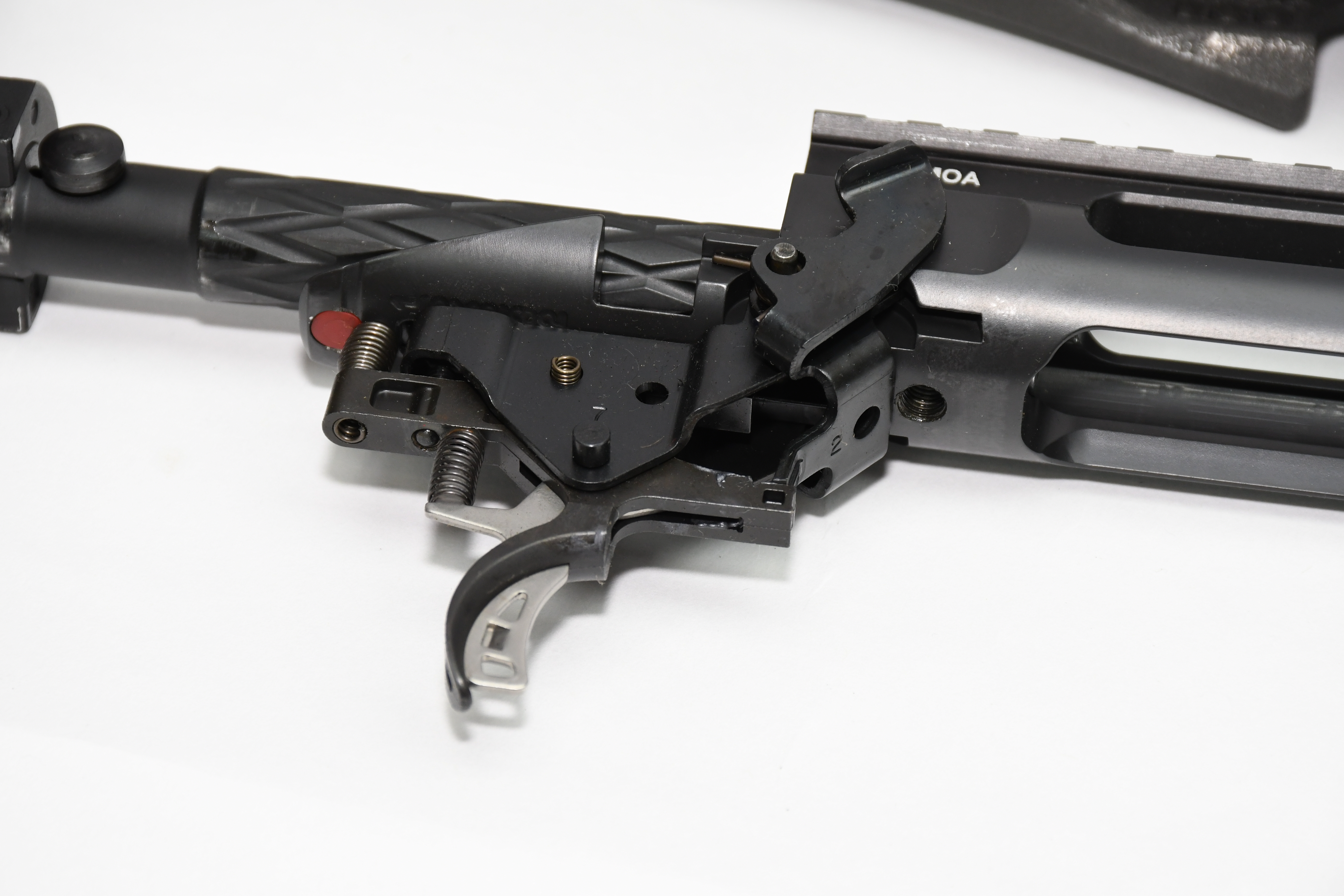
The AccuTrigger in more detail.
Savage uses its own detachable magazine, which has a four-round capacity. It features steel feed lips that will spring apart if you force a round in from the top, so you can either top-load it in the rifle or front-load it out of the gun. The release catch is located at the front of the magazine, within the well, and the mag drops neatly into your waiting hand without snags. Similarly, refitting it doesn’t jam. You can also load an additional +1 round in the chamber if required, and the rifle will accept single rounds dropped on top of the magazine, feeding straight into the chamber when the bolt is slid home.

The magazine can be top-loaded and gives the rifle a 4+1 capacity.
The Klym’s standout appearance is largely due to its thumbhole stock, which combines a polymer centre section with a carbon-fibre fore-end and buttstock. The carbon-fibre fore-end includes a sling stud at the tip and finger grooves along its length for a spacious handhold.
An additional underside mount, known as a MagnaSwitch, appears compatible with suitably designed magnetic-fit bipods and tripods. All carbon-fibre surfaces are finished smooth with exposed weave, while the central injection-moulded polymer (in a slightly contrasting dark grey) is stippled to aid grip.

Detail of the two-lug bolt, the fore-end sling stud, and the built-in MagnaSwitch.
The trigger guard also appears to be polymer, offering enough space for a gloved finger, although it is quite a thin moulding. Carbon-fibre reappears at the ambidextrous vertical pistol grip, which shows a bilateral palm swell. The thumbhole is generously sized to accommodate a full grip, with the upper and lower beams blending seamlessly towards the recoil pad at the rear. The 140mm-long comb is adjustable vertically by approximately 30mm for scope/eye alignment, actuated via a sprung button on the right side of the butt. The comb itself is a single layer of carbon-fibre, kept thin to save weight on the otherwise quite low butt.
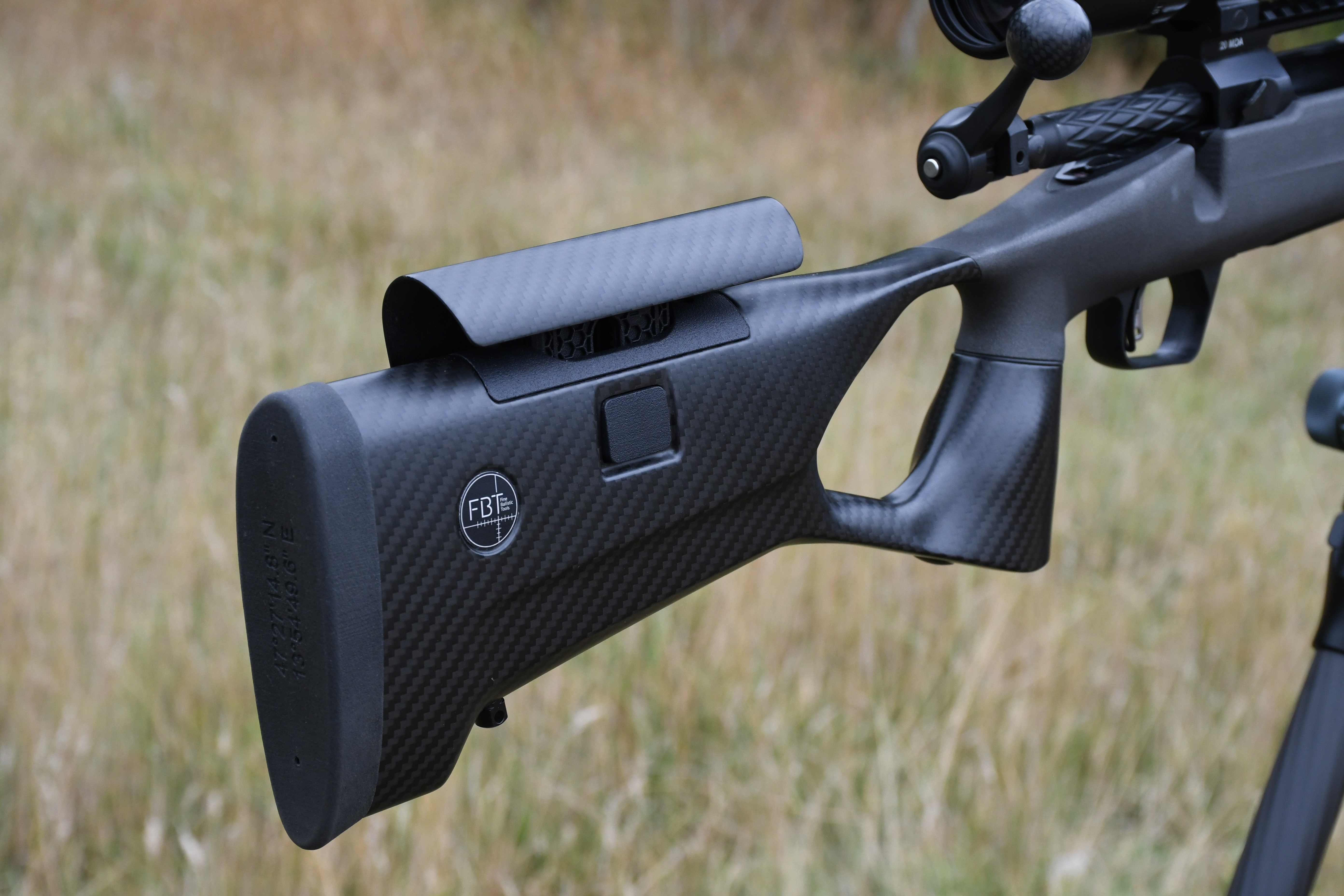
Detail of the adjustable cheekpiece and its right-hand side adjuster.
The underside of the butt includes a conventional sling stud just ahead of a small bag rider. The recoil pad at the rear is approximately 18mm thick. It’s fastened with two screws, so it can theoretically be removed to add length-of-pull spacers, should you desire extra reach.
My experience with Savage actions, with this one advertised as ‘blueprinted’ to reduce tolerances, and with Proof Research barrels has been reassuring, and that comes from someone who is usually highly critical of carbon barrels. This rifle held sub-MOA three-shot groups with minimal zero shift between different ammunition types and bullet weights. It also proved notably thermally stable, and even after extensive shooting on a warm day, I detected no perceptible zero shift at 100m.
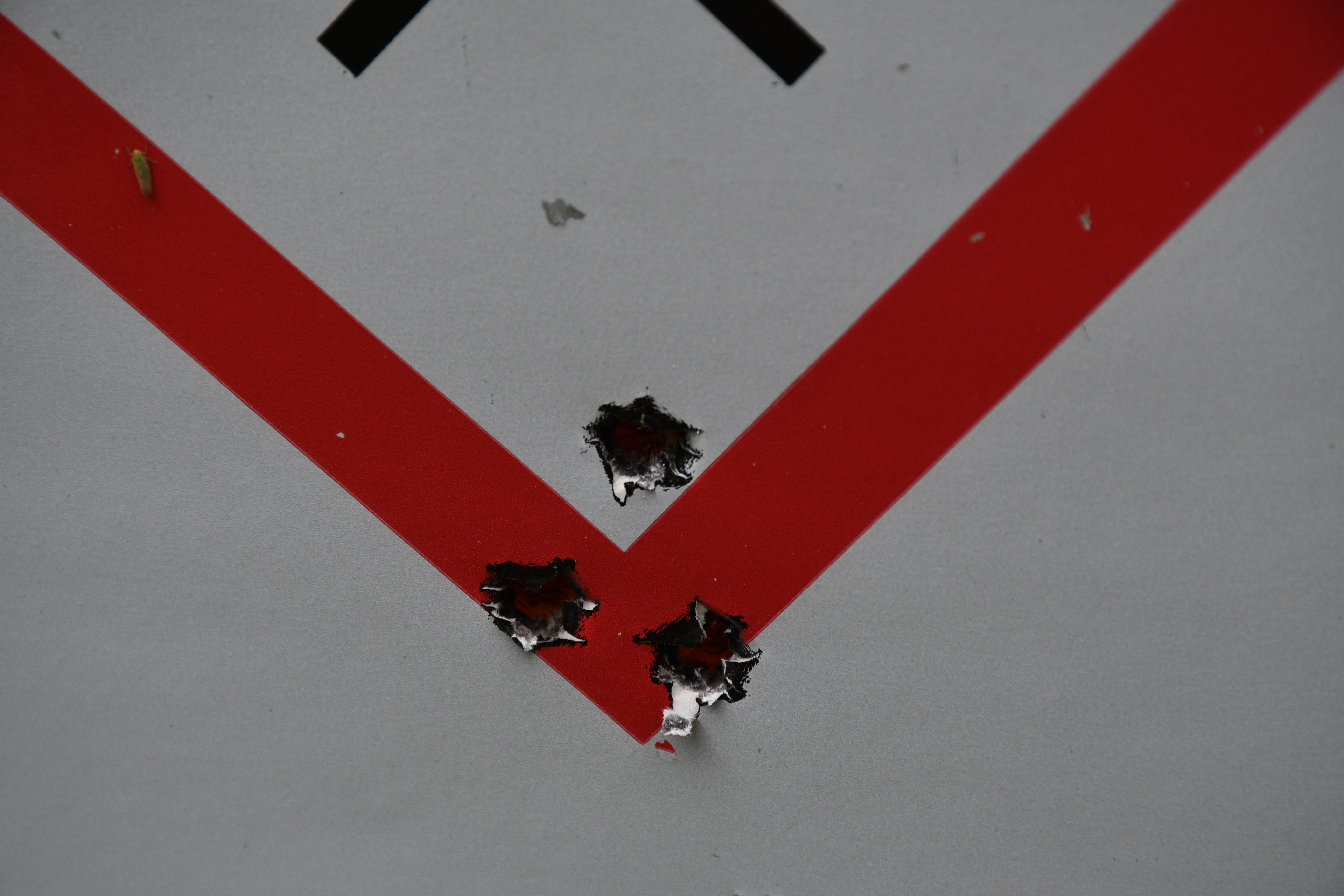
There was no difficulty in achieving sub-MOA accuracy with any of the Hornady ammunition tested.
| Ammunition | Weight (gr) | Factory Vel (fps) | Achieved Vel (fps) | 100m Group (in) |
|---|---|---|---|---|
| Hornady ELD-X | 143 | 2710 | 2838 | 0.7 |
| Hornady ELD-M | 140 | 2700 | 2602 | 0.5 |
| Hornady CX | 120 | 2925 | 2843 | 0.6 |
The weight of the rifle will immediately appeal to hunters seeking the lightest possible kit for easy carriage. I was using a modestly sized, high-performance hunting scope, which I considered ideal for precision hunting forays, and I had no trouble achieving the required accuracy. That said, the lightweight stock (732g) doesn’t have a totally rigid fore-end, so be cautious with any applied barrel contact. However, the barrel itself is fundamentally rigid, measuring 19mm at the muzzle with a straight taper back to the action, and I experienced no detrimental zero shift. I was shooting from a rest bag, which I find more forgiving in such scenarios than a bipod.
With the gun removed from the stock, the inlet appears to support the action without applied stresses. There are two Allen-headed action screws which, when tightened, come to a firm stop and don’t exhibit compression or bending within the bulk material. The fore-end studs are securely bonded in place, although you can see how thin the stock actually is. There’s no sound-deadening material either, so it can be a bit ‘tappy’ when handled.

Detail of the action inlet.
The AccuTrigger was totally predictable, and recoil was similarly well managed. The brake deadens what little recoil the Creedmoor generates, and with it fitted, the rifle maintains quick pointability and a neutral balance point just ahead of the magazine well. Adding a sound moderator will, of course, make the gun comparatively nose-heavy. Recoil is linear, and the medium-thickness butt pad provides secure shoulder contact and grip without any bounce across a variety of shooting positions. Taking the brake off showed it to be a little more lively but still very controllable for such a light rifle in this modest chambering.

The AccuTrigger is adjustable and sits within a thin polymer trigger guard.
I also shot the Klym from a tripod, with the clamp positioned at the front of the polymer centre section. There was just enough space to disengage and change magazines without encroaching too far onto the carbon-fibre fore-end, and again, no detrimental zero shift was observed.
One final note: as the bolt is a two-lug unit with a 90-degree lift and a straight handle, make sure that you select the correct mounts for your scope in order to ensure you have enough space for bolt manipulation.
With a scaled action showing 99mm of bolt stroke, reloads were smooth, whether from the magazine or off the top of the follower, once you became accustomed to the carbon-fibre bolt knob, which is replaceable if desired.
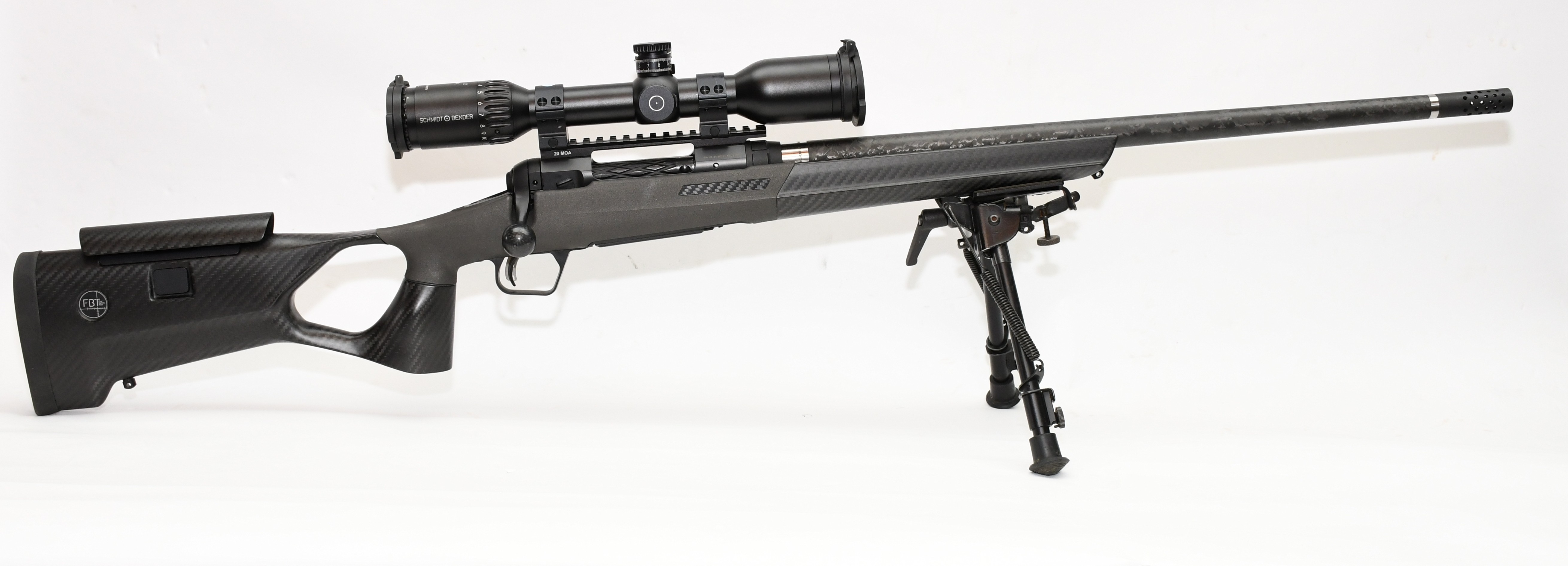
The Savage 110 Klym in 6.5 Creedmoor.
This is a lightweight and accurate rifle from Savage. The points I have raised are just my opinions and, in fairness, none of them stopped me from putting a bullet where it needed to go. Some may prefer more grip texture on the stock surface for harsher weather conditions, but the rifle’s functional performance is proven. The use of stainless steel and Cerakote on the action and bolt provides added corrosion resistance over the rifle’s lifespan, and I particularly like the diamond fluting on the bolt shaft, which runs smoothly within the action and adds standout aesthetics.